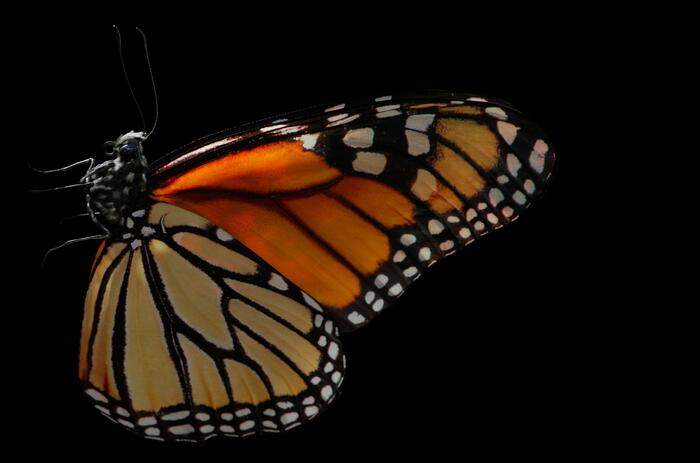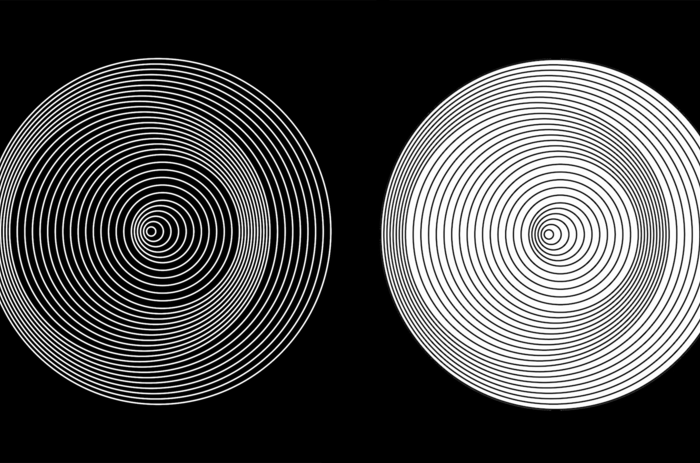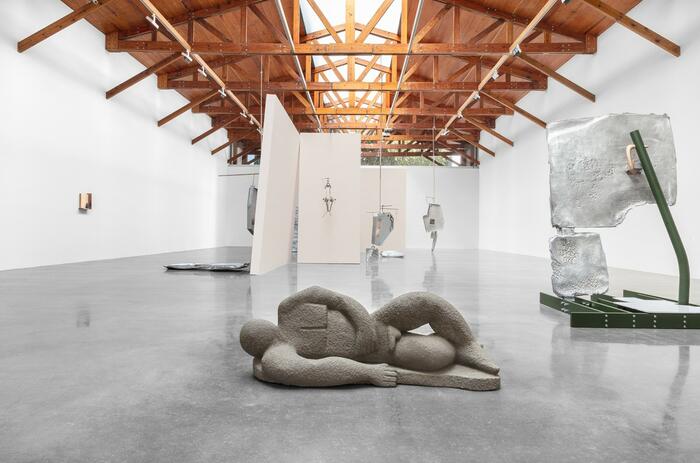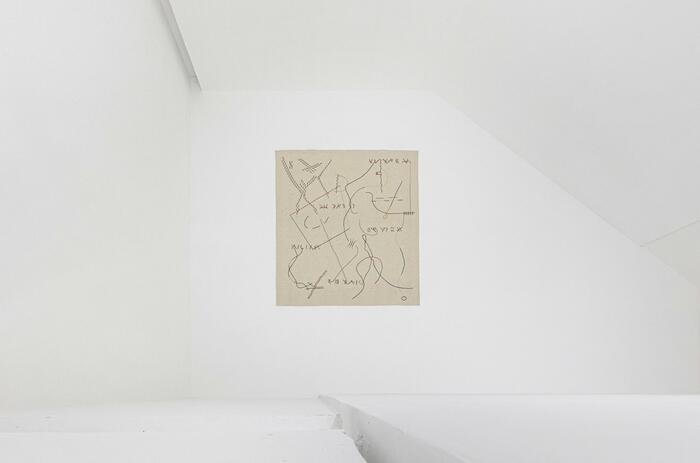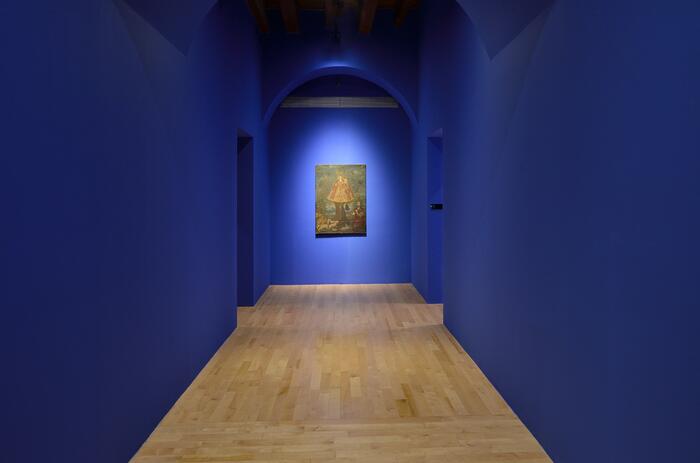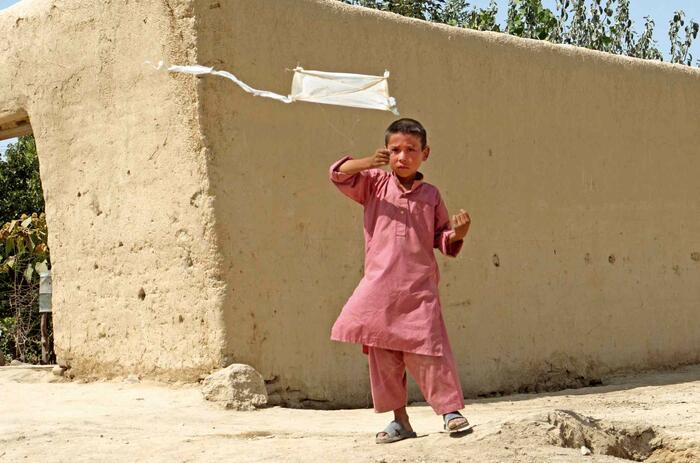GALA PORRAS-KIM: A REFLECTION ON THE MEANING OF OBJECTS
Entre lapsos de historias (Between lapses of stories) is Gala Porras-Kim's exhibition at MUAC that investigates cultural artifacts and the relationship they maintain with their original functions.
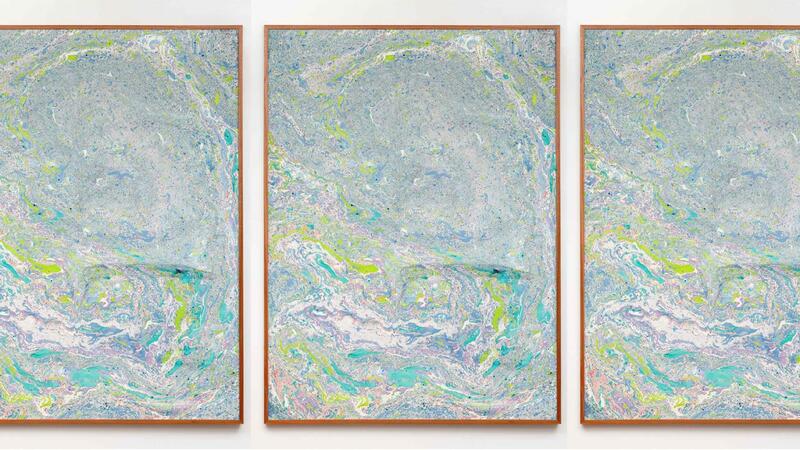
Gala Porras-Kim's work explores how objects are inserted into museum and heritage institutions and subjected to cataloguing and preservation systems. In this subjection, in addition to preserving their physical integrity, the institutions participate in the definition and signification of the object.
Entre lapsos de historias is a project curated by Virginia Roy, who comments that in addition to issues of physical conservation, Porras-Kim's interest lies in those incorporeal and intangible characteristics that make up the essence of cultural objects. "The artist defends a new policy of care for the artifact that does not prioritize its material conservation inevitably destined to deteriorate in the face of the impossibility of stopping the effects of time. Beyond the transmutations of matter, it is worth asking ourselves: where does the object reside, who decides what is preserved?".
Porras-Kim's recent research focuses on reviewing the archaeological looting of the Sacred Cenote of Chichen Itza. From 1901 to 1940, an expedition sponsored by the Peabody Museum of Archaeology and Ethnology at Harvard was established in Yucatán and clandestinely extracted more than 30,000 pieces from the cenote. Most of the extracted works were ritual offerings to the rain god, in the Mexica cosmovision the rain god is called Tlaloc, in the Zapotec Pitao Cocijo and Chaac in the Mayan mythology, and is one of the main deities of the Mesoamerican pantheon.
After much pressure and several institutional agreements, in 1969, the Peabody Museum returned a set of about 90 gold works that are preserved today in the National Museum of Anthropology of INAH. Ten years later, in 1979, a second return took place, this time of 243 jade pieces, which were given to INAH to be exhibited in Yucatán. The rest, almost all of them, remain in the Peabody Museum collection.
In her project Precipitation for an Arid Landscape (2020), artist Gala Porras-Kim explores the displacement of these cultural objects taken from the cenote from their original function to their "new life" in collections. In her series Offerings for the Rain at the Peabody Museum (2021), she portrays some of the objects looted from the cenote that are housed at the Peabody and Field Museums. Using archival and classification photographs provided by the institution, Porras-Kim painstakingly draws the life-size pieces and places them on imaginary storage shelves following the presentation protocols and classification language of the collections. Drawing is presented as a way to apprehend them, to reach them. In addition to the pieces from the Peabody's collection, the artist also represents some of the objects that were returned to Mexico and are now present in the National Museum of Anthropology and the Regional Museum of Anthropology of Yucatán, Palacio Cantón, in Mérida. After almost 100 years, the offerings are once again reunited with their cenote companions through drawing.
The curator comments that neither of the two elements –the photographs or her drawings– escape the logic of cataloguing, where the presence of the object is diluted in its reproduction. The artist aligns the objects according to the categorization of the museums, posing the way in which things are organized, ordered and registered in the institutions, and the way in which they become and configure a collection.
Gala Porras-Kim stresses that objects become mediators between their original functions and the establishments that house them. She insists that, beyond the patrimonial function of cultural artifacts, their former life, their ritual functions, also remain latent, which is why she negotiates for the accommodation of both. The artifacts remain misaligned and uncomfortable in this tension of inhabiting the museum institutions that frame them. Thus, cultural objects emerge as dysfunctional objects because they pretend to escape their museum function and secretly harbor their other numinous life.
The artist speculates on the will of objects. When they are introduced into collections, the existence and history of the pieces are embedded and trapped in the limited narratives of the museum. She therefore proposes to explore the potentiality of artifacts as possible agents.

